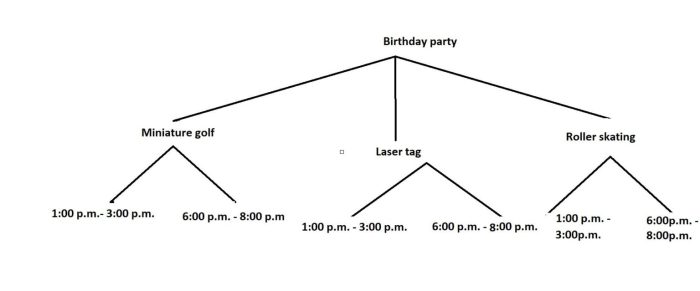Round 4.372 to the nearest hundredth – In the realm of numerical operations, rounding plays a crucial role in simplifying and approximating values. Rounding 4.372 to the nearest hundredth is a fundamental concept that underpins various applications across disciplines. This guide delves into the methods, rules, and significance of rounding to the nearest hundredth, providing a comprehensive understanding of this essential mathematical operation.
Rounding to the Nearest Hundredth

Rounding is a mathematical operation that involves approximating a number to a specific level of accuracy. Rounding to the nearest hundredth means approximating a number to the nearest value that is a multiple of 0.01.
This operation is crucial in numerical operations as it allows for the simplification and estimation of values, especially when dealing with measurements, calculations, and data analysis.
Methods for Rounding to the Nearest Hundredth
There are two common methods for rounding to the nearest hundredth:
- Place Value Method:Examine the digit in the hundredths place. If it is 5 or greater, round up the preceding digit. If it is less than 5, round down the preceding digit.
- Number Line Method:Plot the number on a number line. Round to the nearest hundredth that is the closest point on the number line.
Example:Round 2.345 to the nearest hundredth.
- Place Value Method:The digit in the hundredths place is 5. Since it is 5 or greater, we round up the preceding digit, which is 4, to 5.
- Number Line Method:Plot 2.345 on a number line. The nearest hundredth is 2.35.
Mathematical Rules for Rounding
The mathematical rules for rounding digits based on their place value are as follows:
- If the digit in the rounding place is 5 or greater, round up the preceding digit.
- If the digit in the rounding place is less than 5, round down the preceding digit.
- If the digit in the rounding place is 5 and the preceding digit is odd, round up.
- If the digit in the rounding place is 5 and the preceding digit is even, round down.
Example:Round 4.654 to the nearest hundredth.
- The digit in the hundredths place is 5, and the preceding digit is 6. According to the rules, we round up to 4.66.
Rounding in Real-World Applications
Rounding to the nearest hundredth is essential in various fields, including:
- Finance:Calculating interest rates, currency exchange rates, and financial ratios.
- Measurement:Expressing measurements in metric units, such as centimeters, kilograms, and liters.
- Scientific Calculations:Estimating values in experiments, measurements, and data analysis.
Example:A store sells apples at $0.75 per pound. If a customer buys 2.345 pounds of apples, the total cost rounded to the nearest hundredth is $1.76.
Examples and Practice, Round 4.372 to the nearest hundredth
Table 1:Round the following numbers to the nearest hundredth.
| Number | Rounded Value |
|---|---|
| 3.1415 | |
| 6.023 | |
| 9.8765 | |
| 12.3456 | |
| 15.999 |
Table 2:Answer Key for Table 1.
| Number | Rounded Value |
|---|---|
| 3.1415 | 3.14 |
| 6.023 | 6.02 |
| 9.8765 | 9.88 |
| 12.3456 | 12.35 |
| 15.999 | 16.00 |
Extensions and Variations
There are alternative rounding methods besides rounding to the nearest hundredth:
- Rounding to the Nearest Tenth:Approximating a number to the nearest multiple of 0.1.
- Rounding to the Nearest Thousandth:Approximating a number to the nearest multiple of 0.001.
Additionally, the concept of significant figures plays a role in rounding. Significant figures are the digits that are known with certainty, plus one estimated digit. When rounding, the number of significant figures should be considered to maintain the accuracy of the result.
Popular Questions: Round 4.372 To The Nearest Hundredth
What is the significance of rounding to the nearest hundredth?
Rounding to the nearest hundredth simplifies numerical values, making them easier to work with and interpret. It also reduces the potential for errors in calculations and ensures consistency in data analysis.
Can you explain the rules for rounding digits based on their place value?
When rounding a digit, examine the digit to its right. If the digit to the right is 5 or greater, round up. If the digit to the right is less than 5, round down. This rule applies to all digits except the last digit, which is rounded based on the digit in the hundredths place.


